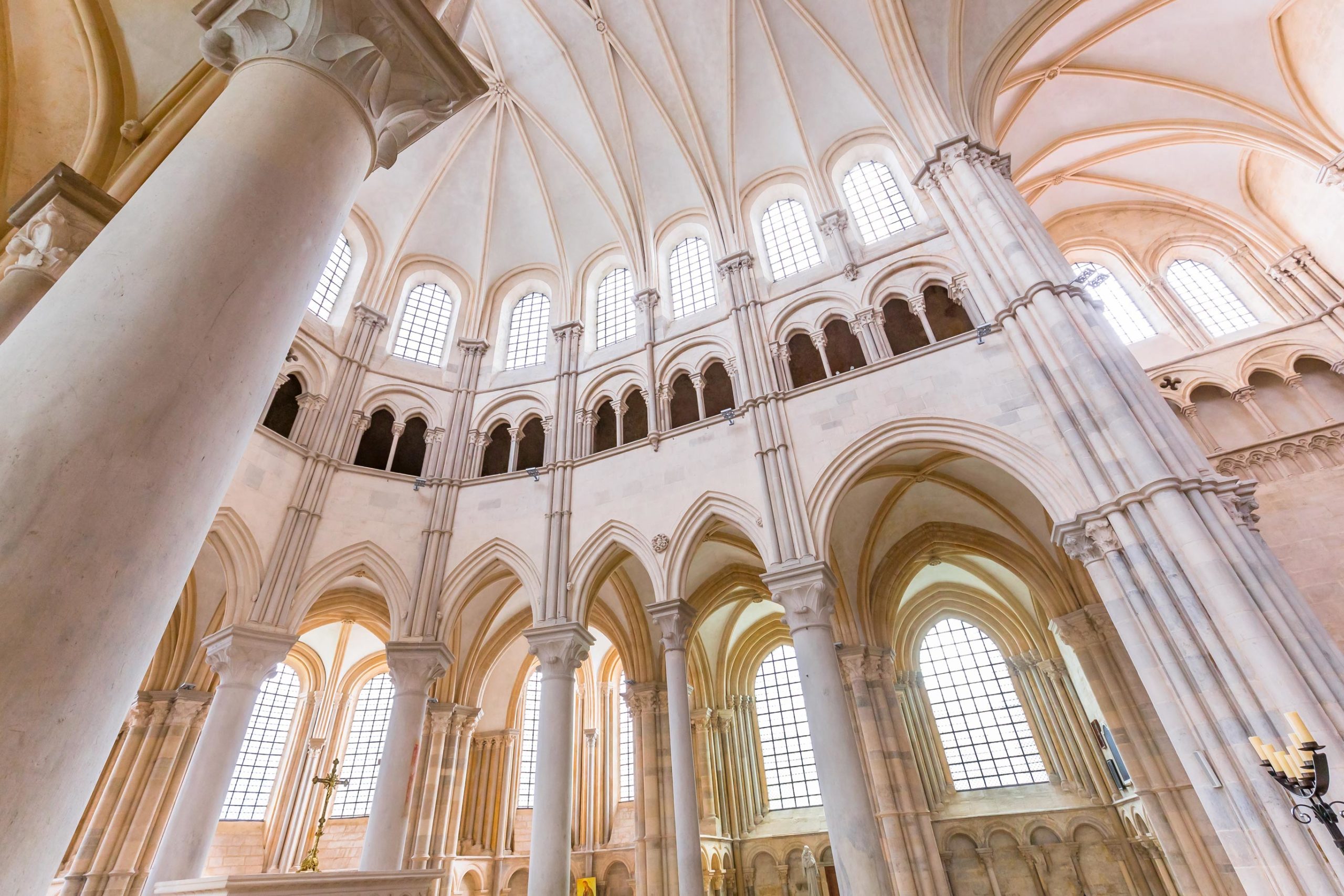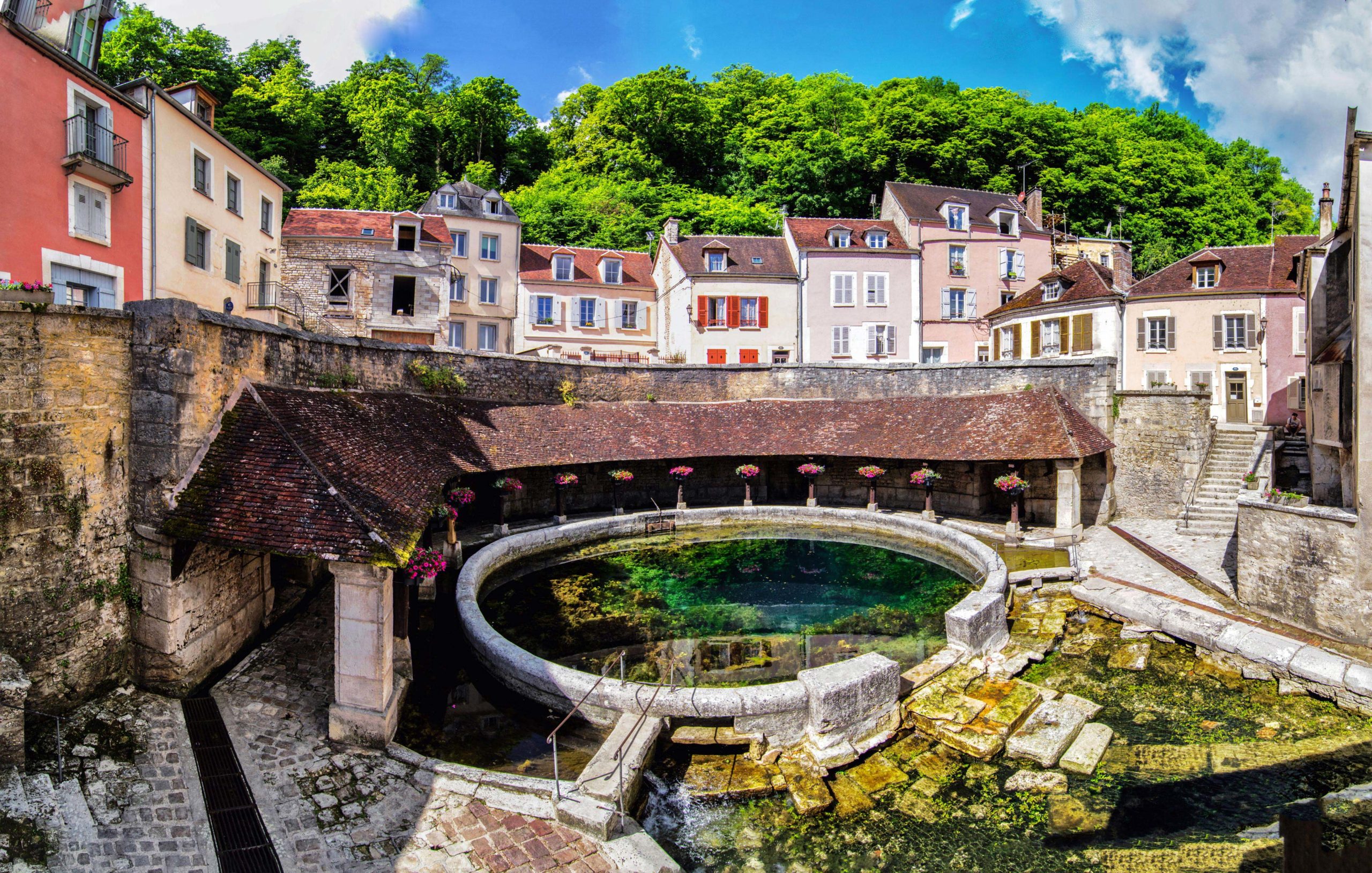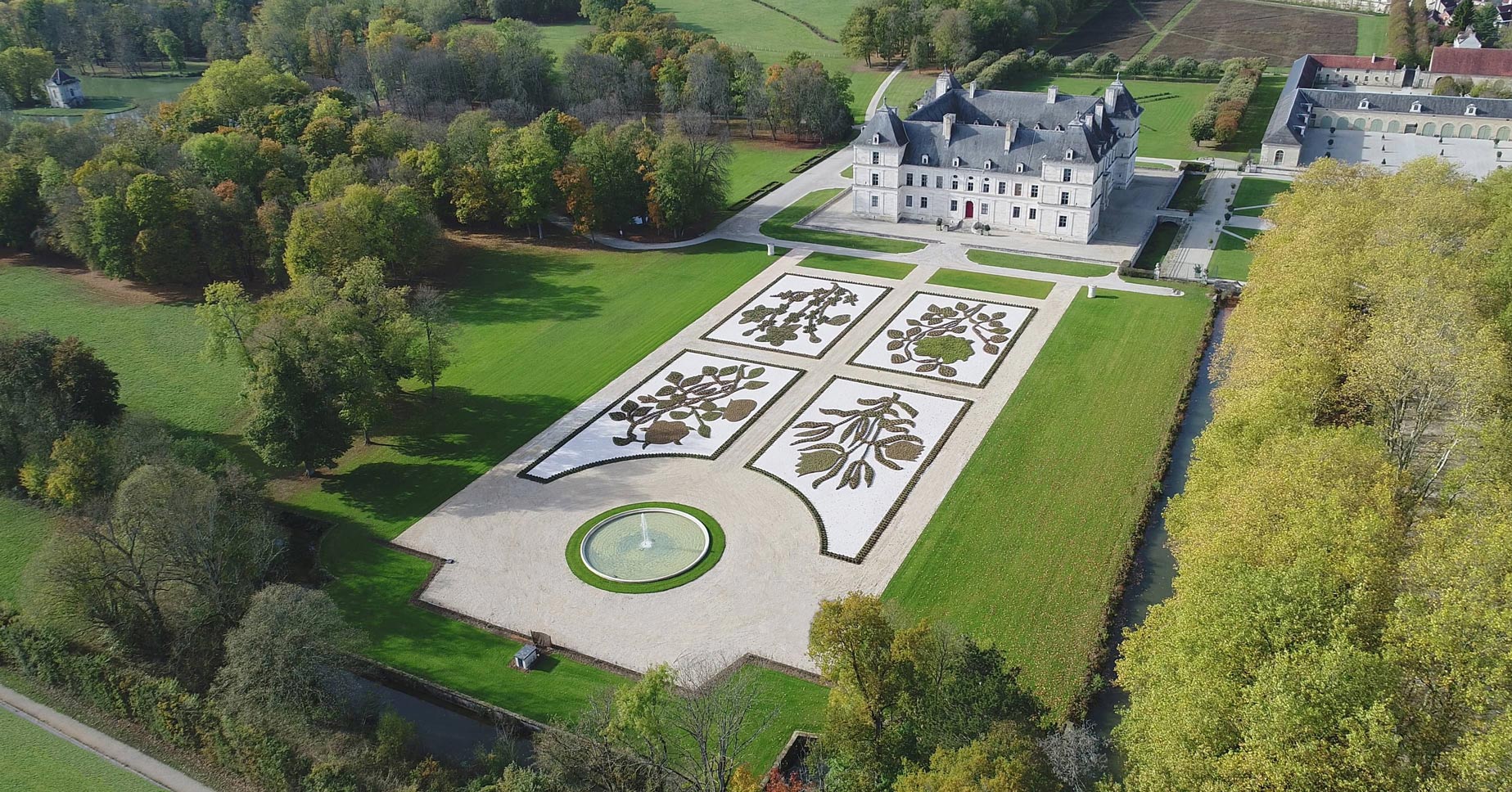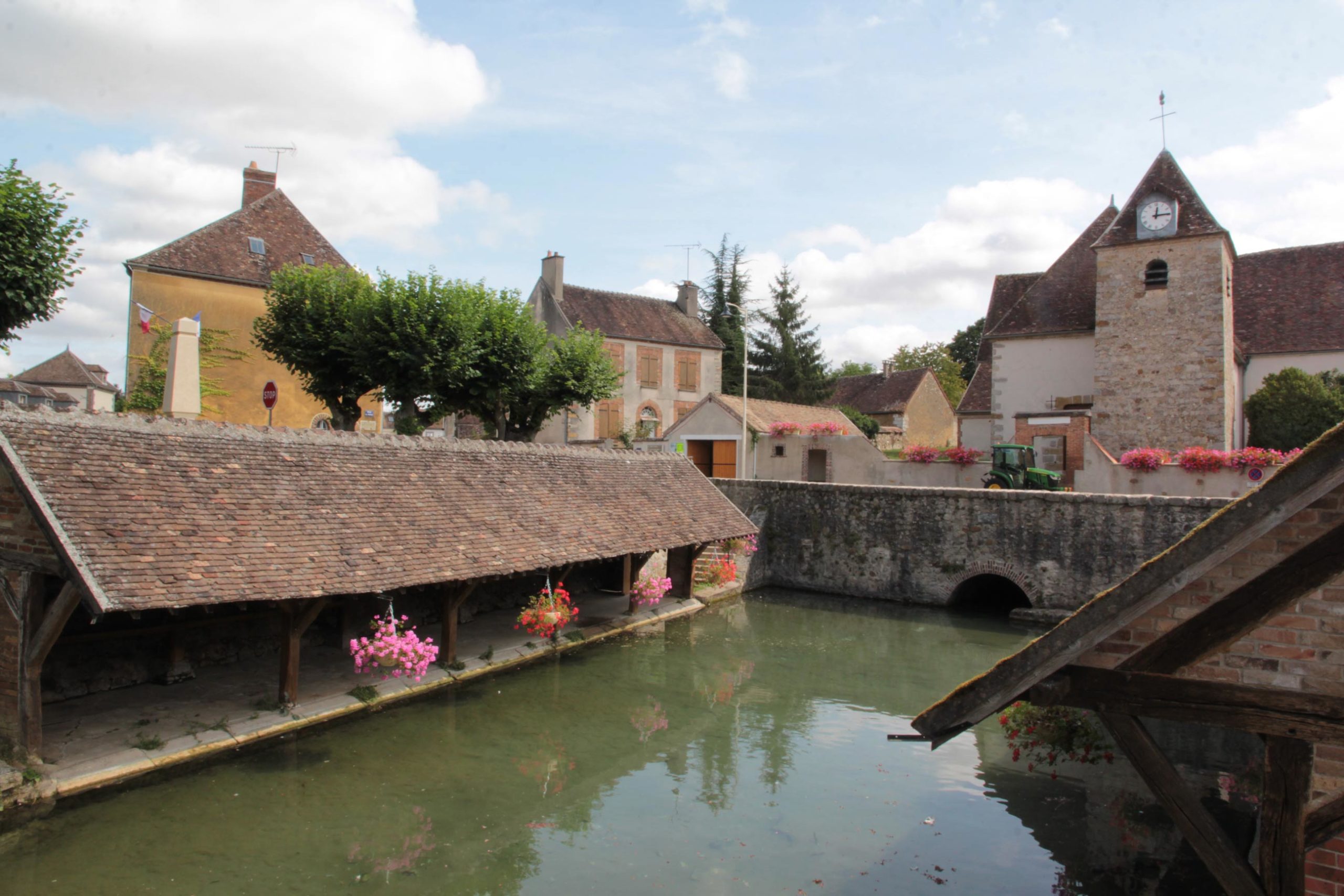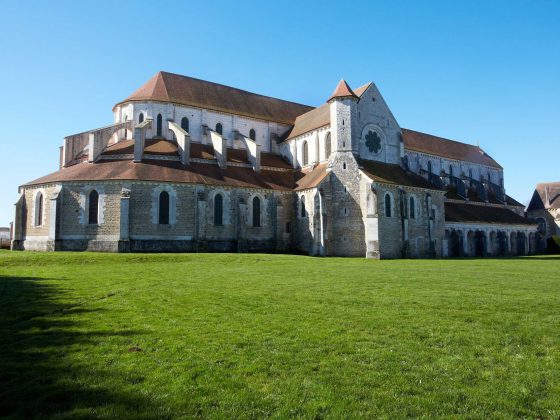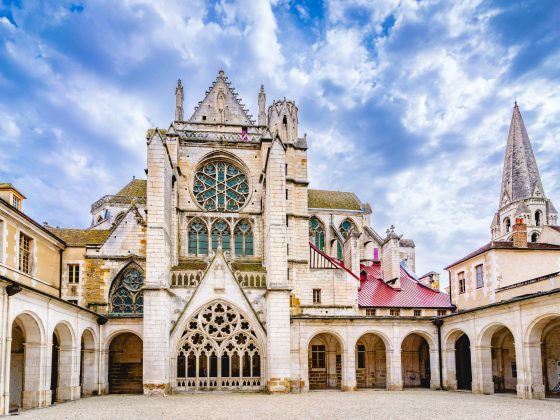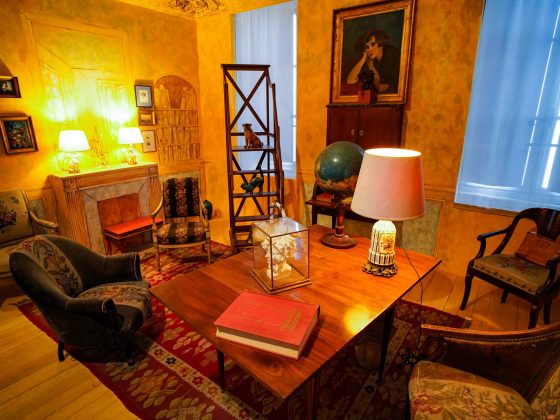Yonne: an open-air history book!
Throughout history, our ancestors left us indelible marks of the lives they led. From Prehistory to the Renaissance and the Middle Ages, they left us a rich, diverse and unique heritage.
Discover Yonne and relive the great periods of history. Discover the works of the Palaeolithic men by exploring the Caves in Arcy-sur-Cure which were you can enjoy the oldest original rock paintings still accessible in France.
Jump to the Gallo-Roman period by following the footsteps of Julius Caesar. The archaeological site of Escolives Sainte-Camille shows elements of architecture of a rich villa located on the Via Agrippa which connected Rome to England.
Relive the battle of Fontenoy which occurred in 841 during which Charlemagne’s grandsons fought to share the empire. Or you can also push the doors of Guédelon, a fortified castle under construction for 25 years, which has been designed with materials and techniques used by our ancestors during the Middle Ages.
Yonne has also several castles which are real treasures of the Renaissance: Tanlay and its imposing moat, Ancy-le-Franc, designed by Serlio, an Italian architect who worked at the court of Francis I, Maulnes, a mysterious pentagon built around a central well and surrounded by legends…
Stroll in our charming Burgundian villages, you’ll discover those labelled as « Most Beautiful Villages of France », like Noyers sur Serein, Cité de Caractère or recognized as World Heritage by the U.N.E.S.C.O. Here, one can imagine the hill of Vézelay at the top of which dominates Sainte-Marie-Madeleine basilica, a masterpiece of Romanesque art and the starting point for many pilgrims on the paths to Santiago de Compostela. In this small village you can also admire a collection of works of great names of contemporary art – Picasso, Mirò, Kandinsky, Calder… –, at the Zervos Museum, named after the couple who donated their collection to the town of Vézelay.
Every nook and cranny in the department is an opportunity for you to take a deep breath and a chance to make exotic discoveries !
ARCHI
TEC
TURE
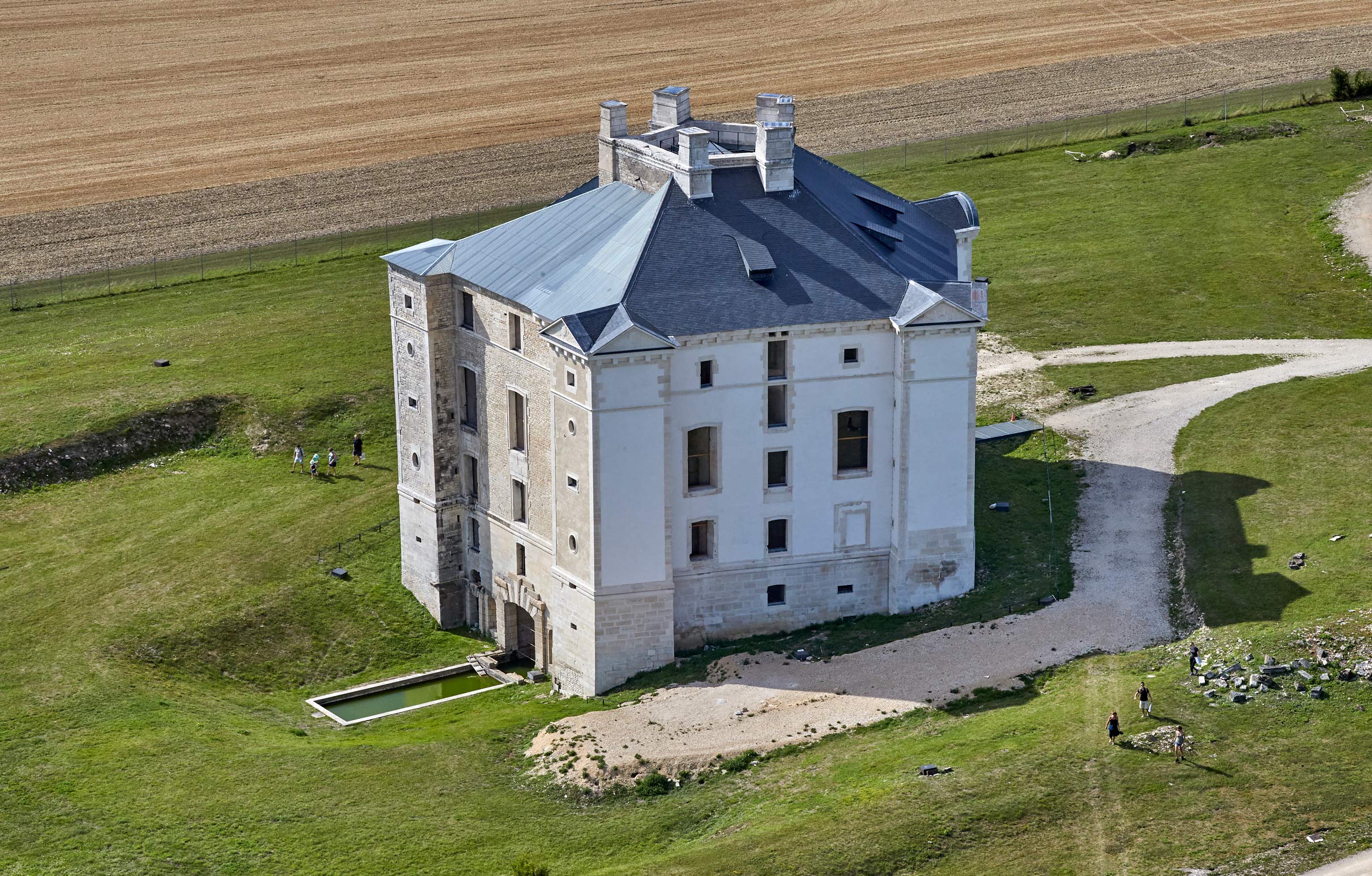
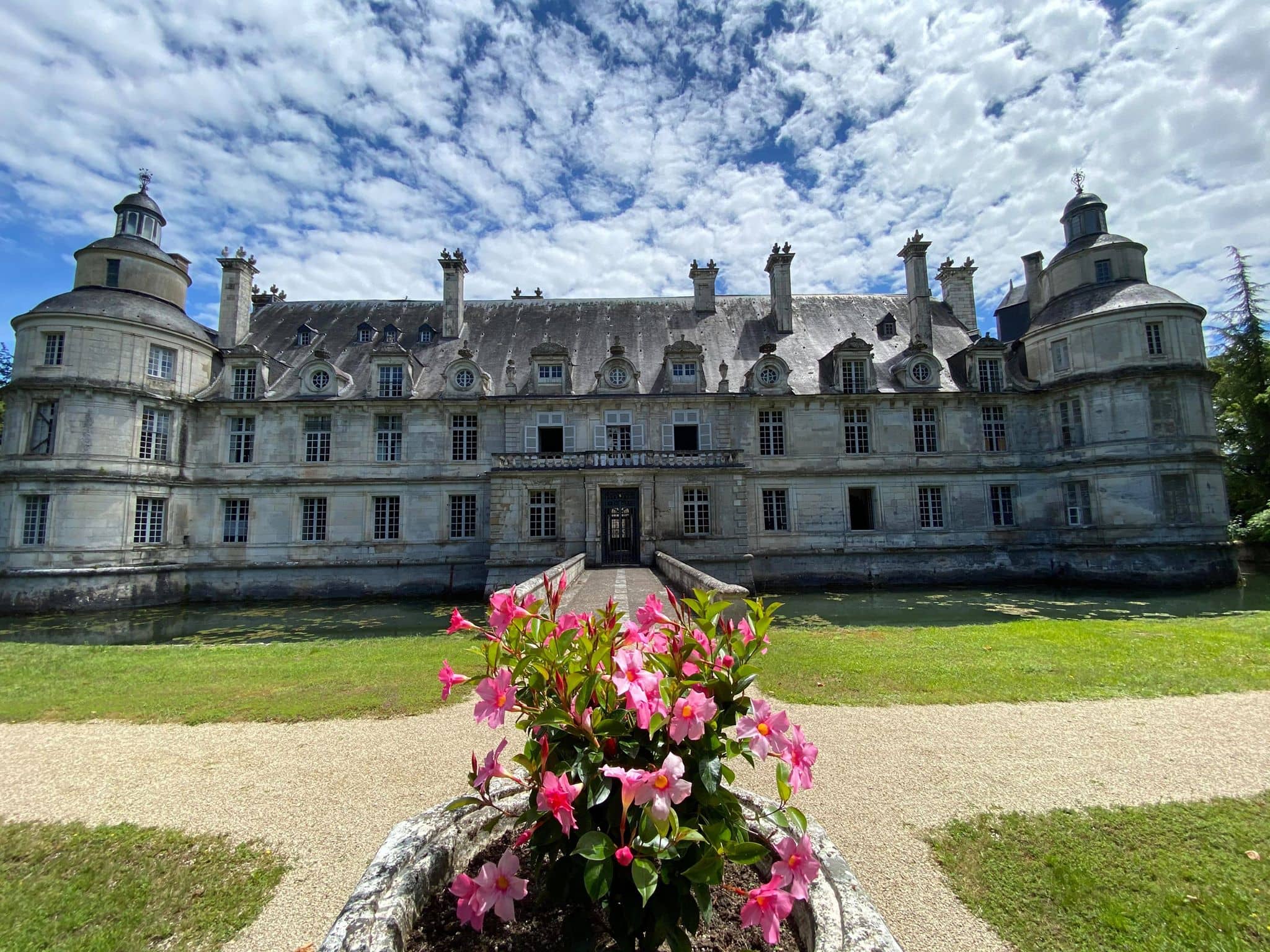
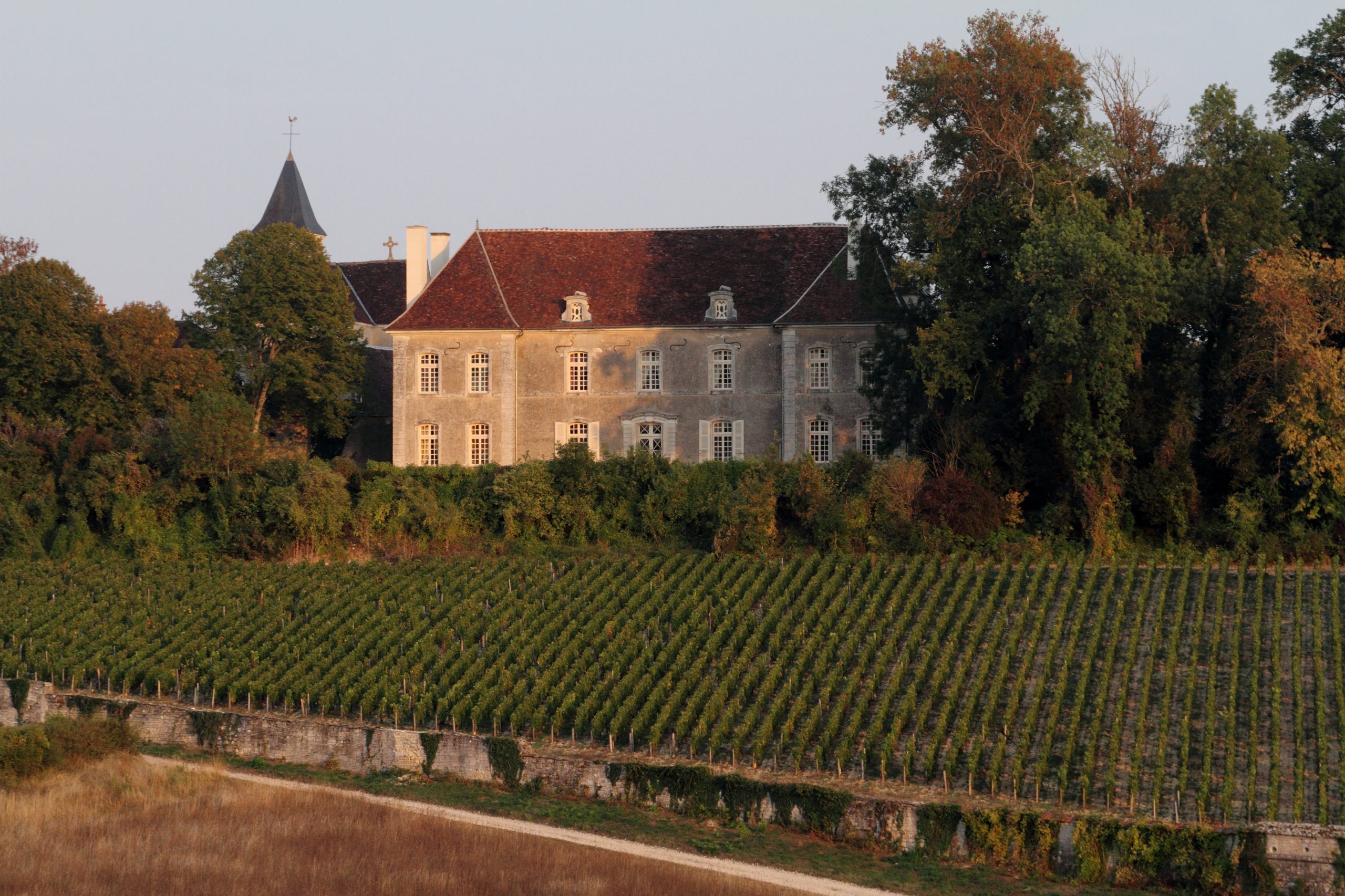
Yonne has many buildings inherited from the history of France, including five remarkable Renaissance castles. Perfectly square or pentagonal, with or without moats, palace or military style, they are an invitation to go back in time…
The department of Yonne is full of History. It offers more than 200 places to visit, from Sainte-Marie-Madeleine Basilica in Vézelay, in the South, to the first Gothic cathedral in France in Sens, in the North. The road to the Renaissance castles is located in Tonnerre area, in Yonne. Located in the Tonnerre area, gives an opportunity to discover five buildings and as many styles. Nestled in valleys or erected on promontories, they remind us of centuries of history before us.
Maulnes Castle in Cruzy-le-Château, a mysterious pentagon
The palm of curiosity goes to the Pentagonal Castle of Maulnes, described by the Superior Commission of Historical Monuments as « an absolutely unique monument ». Some say it inspired the Pentagon in the United States ! But the castle of Cruzy-le-Châtel is even more original, because it is built on a point of water supplied by three sources and centered around a staircase that creates a well of water and light…
Erected against the backdrop of religious wars by Louise de Clermont, countess of Tonnerre, and her husband Antoine de Crussol, future Duke of Uzès, this hunting event was certainly also a place of meetings and negotiations between Catholics and Protestants.
The castle of Ancy-le-Franc, a masterpiece of Italian Renaissance
Not far away, the castle of Ancy-le-Franc is a jewel of Italian Renaissance. This masterpiece is the work of the architect Sebastiano Serlio, called to France by François 1st. Its shape is a perfect quadrangle with a main courtyard among the most elegant in France. Ancy-le-Franc occupies a fundamental place in the history of painted decoration. It is the only one with the castle of Fontainebleau (Seine-et-Marne), to keep decorations belonging to the first and second School of Fontainebleau.
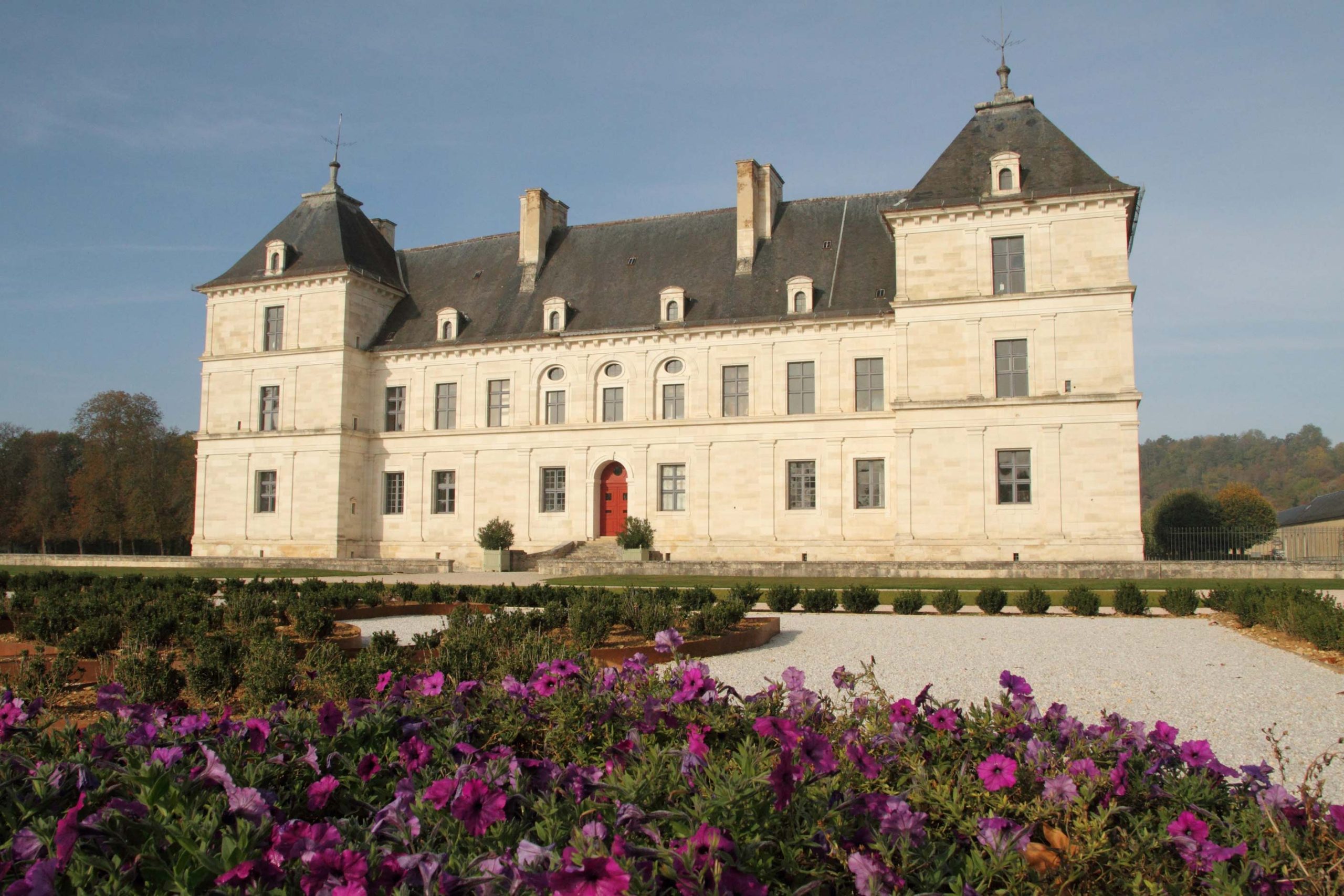
Among these we can mention the wall paintings of the Pharsale gallery – shades of ochre of 32 meters long representing the battle of the same name – or the Flower Room which represents a superb wall herbarium. The castle of Ancy-le-Franc was visited by King Louis 14th, among others, and it belonged to the famous Marquis of Louvois. Like Maulnes Castle, it hosts a rich season of entertainments every year.
The castle of Tanlay, surrounded by moats
Built on the foundations of an old fortress, surrounded by moats, the castle of Tanlay is one of the most beautiful Renaissance mansions in Burgundy. Built by the family of the Admiral of Coligny, who used to gather there the other leaders of the Protestant League, it was completed by a relative of Mazarin. It belongs to the same family since the 18th century and welcomes visitors in season.
The « two faces» castle of Nuits
Surprisingly, their neighbor of Nuits was built on a massive stone base on the banks of the Armançon and it has two different facades.
Built in the midst of religious wars, it has large windows with arched pediments, fluted pilasters and large fireplaces, but also a shooting esplanade, vaulted ceilings in the lower rooms and loopholes in a hidden staircase. The military castle of Nuits is a family but it is also open to visitors.
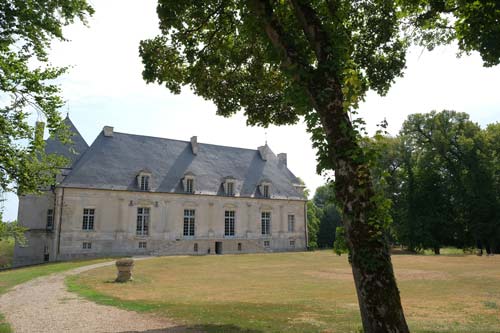
The castle of Béru’s wines
Another kind of visit is the castle of Béru, which has become a biodynamic wine estate. What could be more surprising for this building whose medieval architectural traces are proof of a wine activity dependent on the Cistercian abbey of Pontigny? On the front entrance, a very rare painted lunar dial testifies to the importance of the cycles of the moon in the organization of agricultural work.
The road of the Renaissance castles of Yonne is an opportunity for a great and beautiful journey on a limited territory.
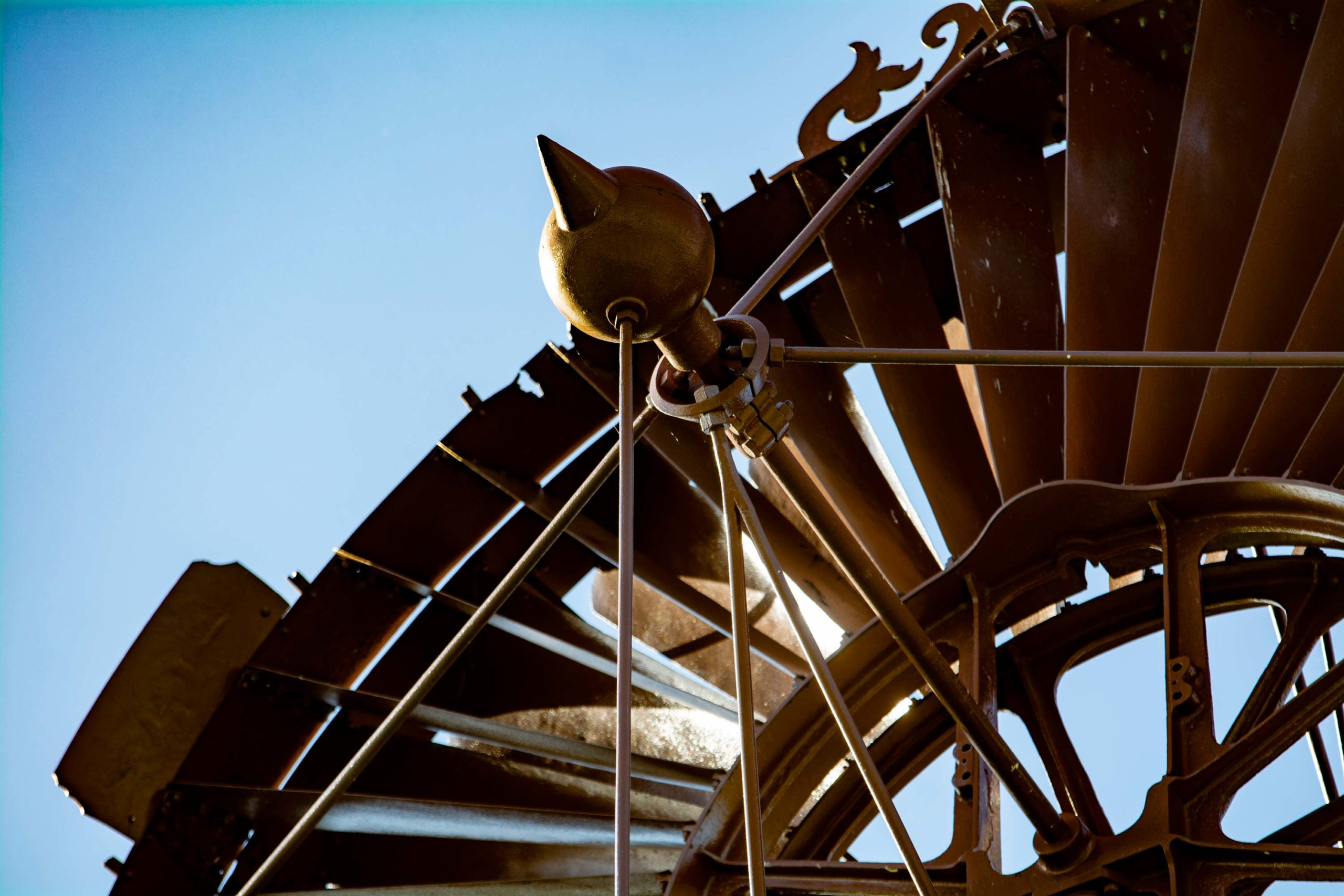
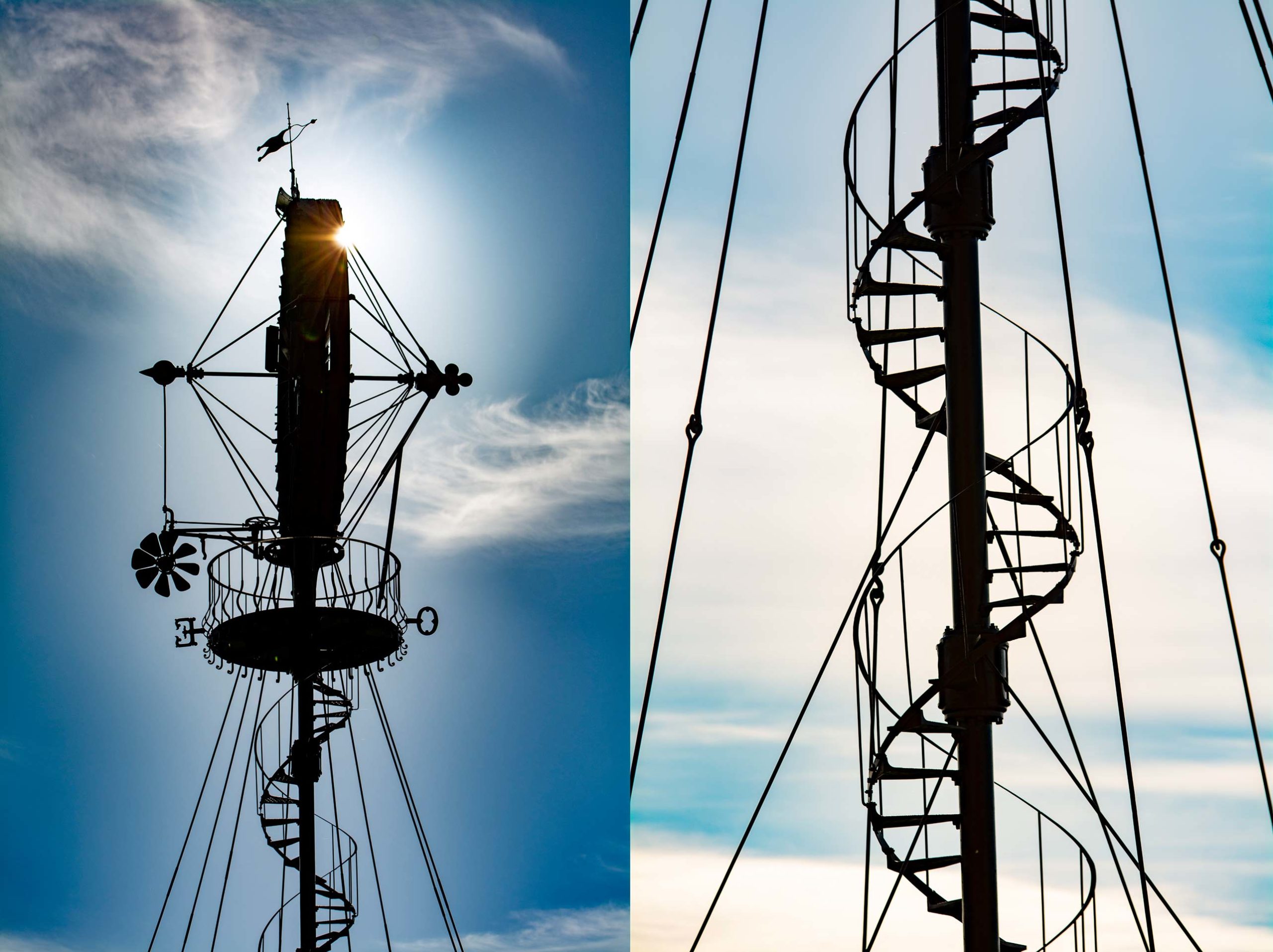
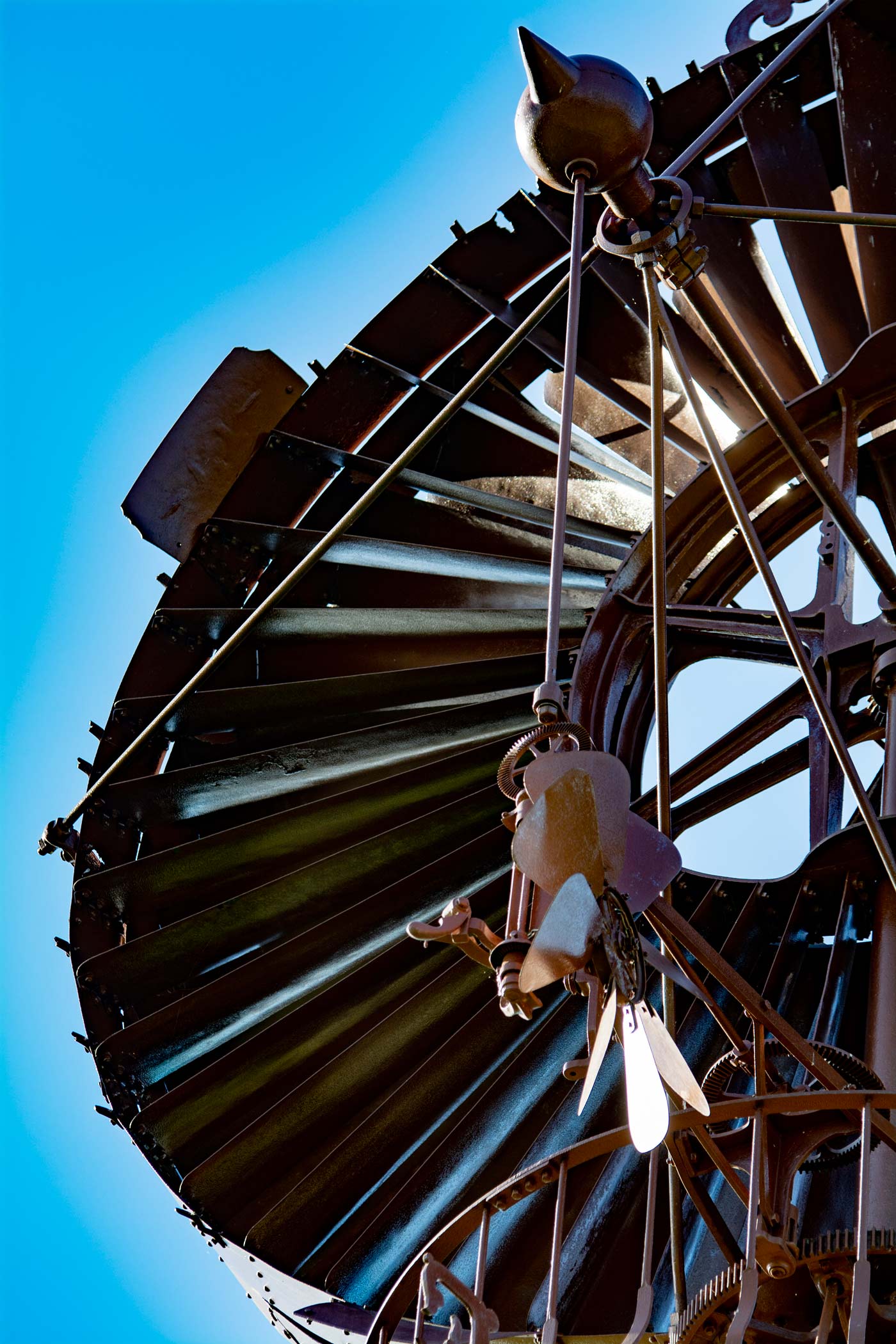
Bollée Windmill
An inventor serving the people
Water for an entire village
And in the middle of the Postolle rises a windmill. A Bollée windmill of 1898, registered with the Historical Monuments. In a nutshell, a windmill that is nothing like those along our highways. In the heart of the village stands a 14 meters high steel mast around which is wrapped a staircase, topped with an aeromotor of 2.6 meters in diameter. With such a large scale, the metal structure that pierces the sky above the roof tiles of Burgundy gives for more than 130 years a unique visual identity to the village of La Postolle.
As we are talking about electricity production with current wind turbines, the wind turbines built from 1872 to 1933 by Ernst-Sylvain Bollée were designed for water pumping. This invention from Sarthe was therefore the solution to the water problems encountered in the village at the end of the 19th century. At that time, La Postolle had 270 inhabitants, twice as many as today. The village is not irrigated by any river, stream er ru, only wells and a pool fed by rainwater allow to have access to water. This was not enough to feed livestock, especially during hot weather.
All the women in the village had go to the wash-house of Thorigny-sur-Oreuse to do their laundry. With each trip, they had to travel two leagues round-trip on wheelbarrows or in wagons with the linen and sheets of the whole family. The men of the village became aware of the problem and in 1890 and the City Council decided to study ways of bringing water to the heart of the village. It was the windmill of Ernest Sylvain Bollée, made in Le Mans, which was retained by elected officials elected in La Postolle to draw the water the village needs from the groundwater.
Visual identity preserved
The windmill remained in operation until 1965, when an electric pumping station was built. Unused, the windmill was abandoned. In 1973, while rust was gnawing the metal structure, the City Council voted to dismantle the windmill.
In the village, the decision was not unanimous. A resistance organized around Hélène Kaldonski, a contemporary art artist who cannot resolve to no longer see what has become the symbol of her native village over the years. In 1975, she founded the Association pour la Restauration de l’Éolien de La Postolle (AREL) and raised 20,000 francs to restore the monument’s former chandelier. The operation was a success and contributed to the inclusion of the windmill in the Register of Historical Monuments in 1976. The six tons installation was thus preserved from the disassembly, like 246 Bollée windmills out of the 350 which were erected in France from 1870 to 1933.
After a second restoration in 1992, the windmill which was highly exposed to external attack because of its location and scale, required a new rejuvenation in 2019. The territory mobilized once again to save its iron lady: donations and grants allow the municipal assembly to undertake this third restoration.
At each restoration, the windmill is disassembled, sent to workshops to be inspected, repaired, and reassembled in the same way on its original location. His absence in the sky of La Postolle was a heartbreak for the villagers. So the return of the metal structure was celebrated with relief. Inaugurated in 2022, the last rehabilitation offers residents and tourists the testimony of a time when progress combined utility and elegance in an artistic movement. In addition to La Postolle, this magnificent piece of art can also be admired in Champlay, Saint-Aubin-sur-Yonne, Vaudeurs and Sens which are the last Yonne municipalities that have saved their Bollée windmill on the original 25 which were erected in the department.

